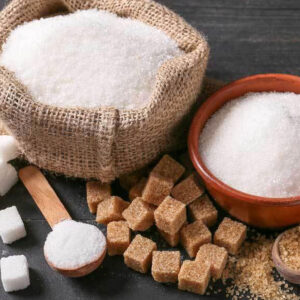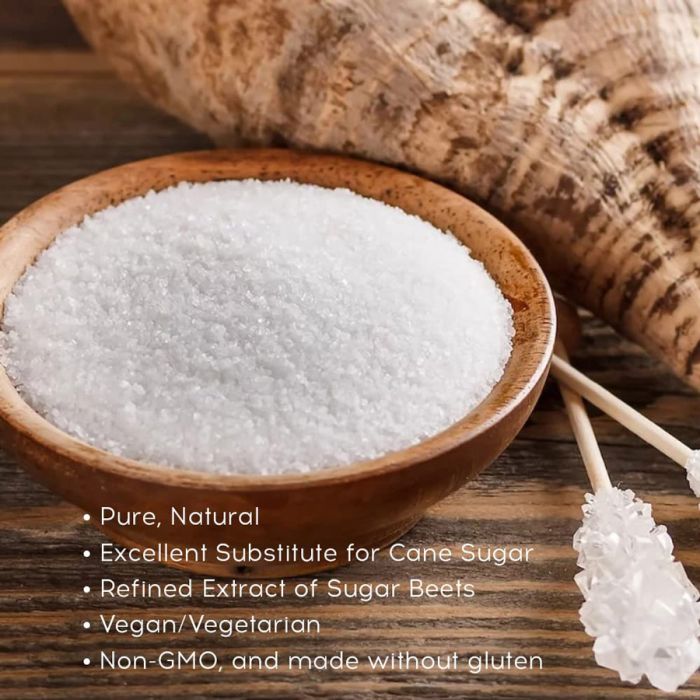Recognizing the Nutritional Perks of Beet Sugar Vs Walking Cane Sugar for Health Conscious Consumers
When checking out the dietary ramifications of beetroot sugar versus cane sugar, health-conscious customers find that both ranges mostly include sucrose and deal comparable caloric values, each contributing around 16 calories per teaspoon. Regardless of this similarity, neither kind confers significant health and wellness benefits, as they are lacking essential nutrients. Checking out the broader effects, including environmental factors to consider and long-lasting health and wellness effects of sugar usage, could illuminate extra nuanced distinctions between these 2 sugars.
Nutritional Account and Caloric Worth of Beetroot Sugar and Walking Cane Sugar
Although both beet sugar and walking stick sugar are mostly made up of sucrose, their nutritional profiles and caloric values are remarkably similar. Each gives around 16 calories per tsp and consists almost completely of carbs, with marginal amounts of protein or fat. These sugars also lack considerable amounts of vitamins or minerals. The improvement process strips away a lot of the inherent nutrients, rendering both kinds virtually similar in regards to nourishment. There are trace differences in the pollutants that stay after handling, which can a little affect the flavor and shade of the sugars, yet these are negligible in regards to health influence. For customers concentrating on dietary influence, the choice in between beetroot and walking cane sugar is more about personal preference or prospective environmental problems instead than nutritional distinctions. Both need to be eaten in small amounts within a well balanced diet because of their high caloric material and absence of essential nutrients (beet sugar vs cane sugar).
Environmental Influence and Sustainability of Sugar Production
While the nutritional distinctions between beetroot sugar and cane sugar are minimal, their production procedures present even more significant differences, especially in regards to environmental influence and sustainability. Walking stick sugar manufacturing usually includes extensive land usage and deforestation, which adds to environment damage and biodiversity loss. This farming is likewise related to high water usage and water air pollution because of the drainage of pesticides and fertilizers. In contrast, beet sugar manufacturing generally calls for less land and can be cultivated in even more temperate environments, which might decrease the demand for irrigation and the associated water resource deficiency.
Nonetheless, beet growing is not without its environmental difficulties; it entails substantial power inputs, especially in the northern environments where it is expanded, due to the requirement for longer home heating durations in sugar handling. Both sugar beet and sugar walking cane sectors are exploring much more sustainable methods, consisting of crop rotation, organic farming, and improved waste management strategies to mitigate these effects.
Health And Wellness Results and Recommendations for Sugar Intake
Despite their minimal nutritional differences, Related Site both beetroot sugar and walking cane sugar can have damaging health and wellness impacts when consumed in excess. High consumption of either sort of sugar contributes to a variety of wellness concerns, including obesity, kind 2 diabetic issues, and heart problem. Both sugars are pure sucrose and offer no essential nutrients apart from calories, causing rapid spikes in blood sugar degrees upon consumption.


Final Thought
